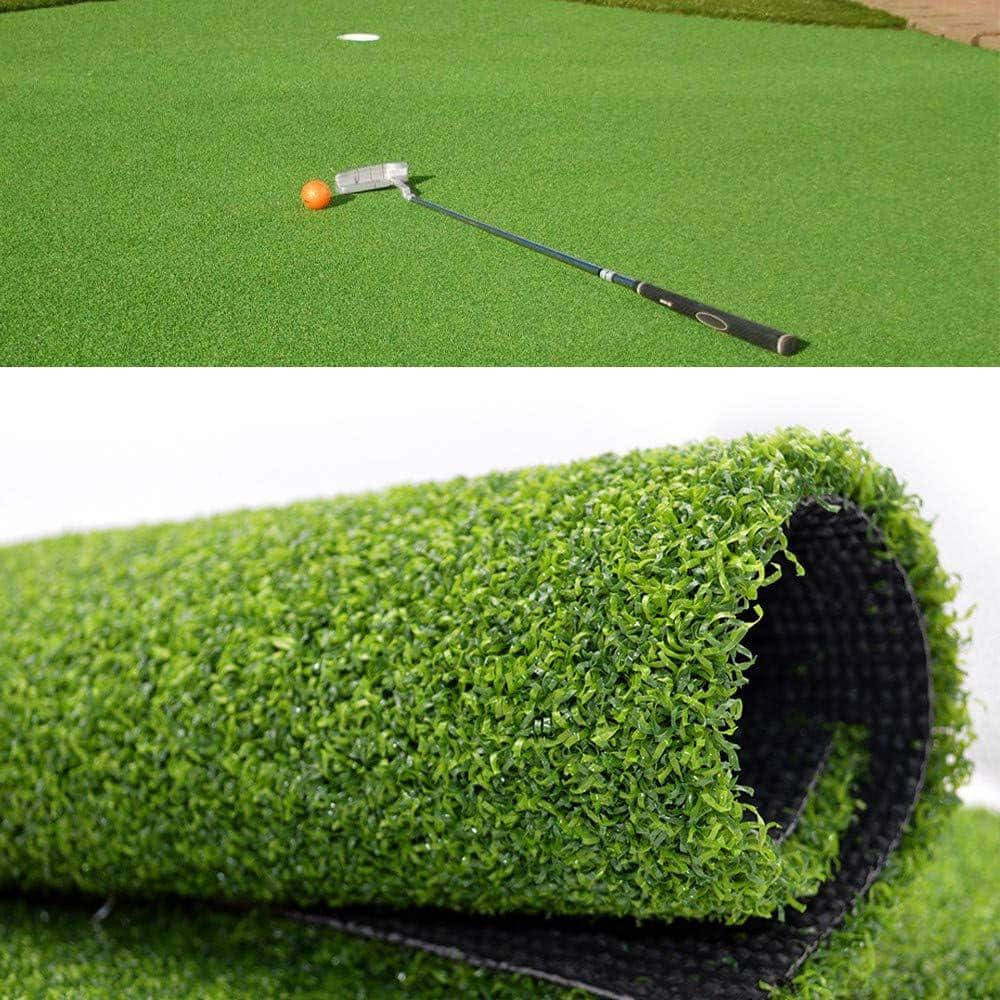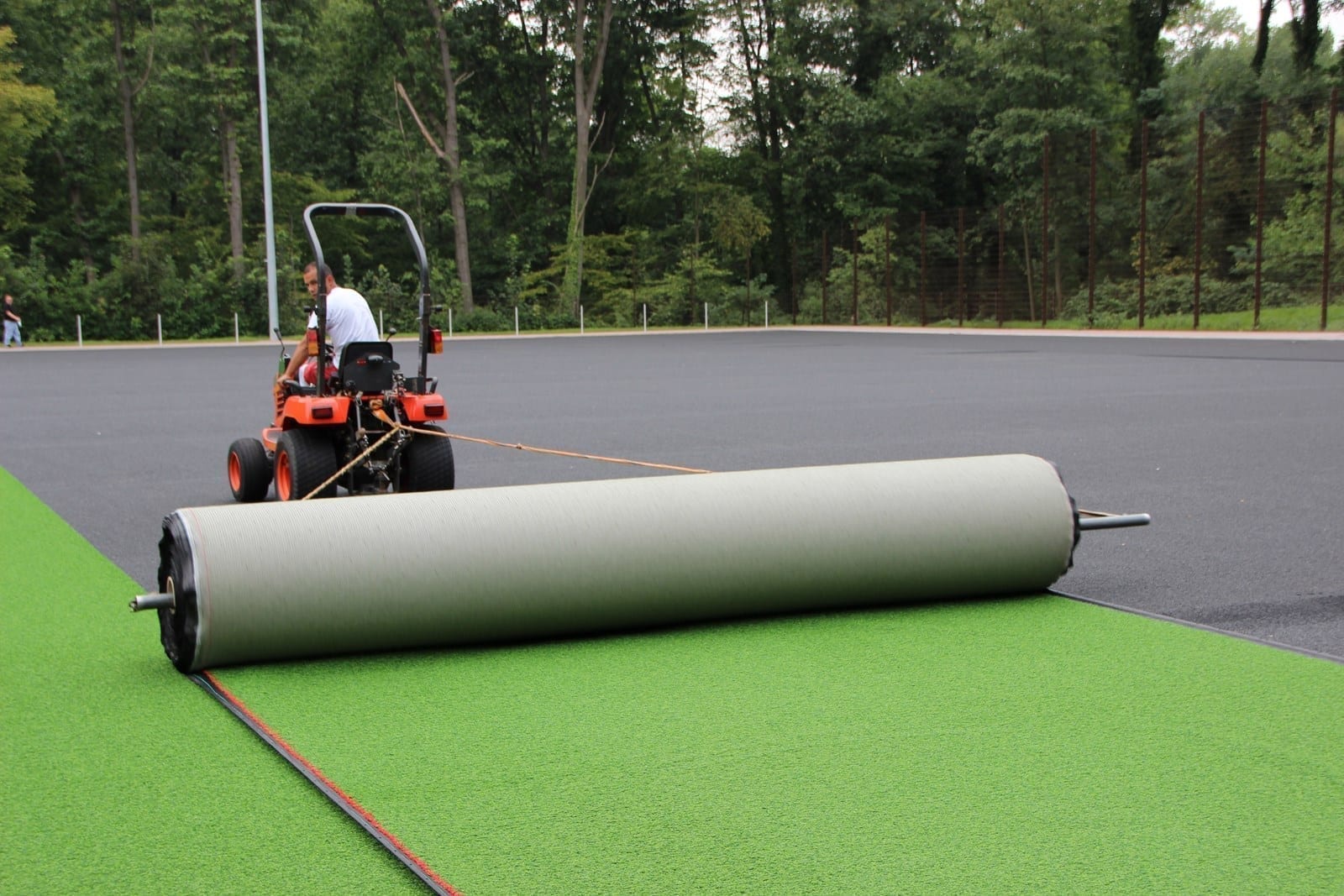Top-Rated Phoenix Turf Companies Focusing on Synthetic Grass Solutions
Top-Rated Phoenix Turf Companies Focusing on Synthetic Grass Solutions
Blog Article
Delve Into the Environmental Advantages of Opting for Artificial Turf Solutions
The adoption of synthetic grass options offers a compelling opportunity to resolve pushing environmental challenges. By significantly lowering water use and lessening the application of unsafe chemicals, these options not only advertise lasting landscaping yet likewise protect regional environments. Furthermore, the reduced carbon footprint related to decreased upkeep activities adds to an extra lasting technique to land management. The implications of these advantages expand beyond mere conservation initiatives, elevating concerns concerning their long-term effect on environment conservation and overall environmental equilibrium. Discovering these dimensions exposes an intricate interaction worth thinking about.
Water Preservation Advantages
One of one of the most significant benefits of synthetic grass is its capability to save water. Standard turf lawns require substantial watering, especially in areas prone to drought or water constraints. In contrast, synthetic grass does not require watering, dramatically reducing the overall demand for water sources. This function is especially useful in arid regions where water scarcity is a pressing concern.
By eliminating the requirement for routine watering, synthetic grass contributes to sustainable landscape practices and aids alleviate the environmental effect of too much water usage. The conservation of water expands to the reduction of overflow, which can lead to dirt erosion and waterway air pollution.
Additionally, the setup of fabricated turf allows property owners and districts to assign water resources much more effectively, concentrating on essential uses such as alcohol consumption water and farming. The shift towards fabricated grass not just advertises liable water use but additionally straightens with more comprehensive environmental objectives focused on protecting natural deposits.
As areas significantly prioritize sustainability, the water preservation benefits of synthetic grass present a compelling case for its fostering in domestic and industrial landscape design tasks.
Reduced Chemical Usage
The transition to synthetic grass dramatically lowers the dependence on chemical therapies frequently utilized in all-natural turf upkeep. Traditional grass administration usually includes the application of herbicides, pesticides, and plant foods to promote growth and control pests. These chemicals can posture threats to human wellness, neighborhood wild animals, and the environment, adding to dirt and water contamination.
In comparison, artificial grass eliminates the demand for these unsafe materials. By decreasing the release of artificial compounds right into the environment, synthetic lawn promotes much healthier soil and water systems.
In addition, the lack of chemical drainage related to synthetic grass installations aids protect regional rivers from pollution, sustaining aquatic life and preserving biodiversity. Arizona turf. As communities significantly prioritize lasting techniques, opting for man-made turf provides a sensible remedy that aligns with environmental preservation goals. With this change, home owners can appreciate rich environment-friendly spaces without jeopardizing eco-friendly health, paving the method for a much more lasting future
Reduced Carbon Impact

In addition, the installation of synthetic grass can cause considerable water preservation. All-natural yards need significant quantities of water for watering, which not just contributes to the carbon impact connected with water removal and therapy yet additionally pressures local water sources. In comparison, fabricated turf requires minimal maintenance, needing no watering, therefore significantly decreasing water use and its associated energy costs.
Additionally, the longevity of synthetic lawn adds to its lower carbon effect. With a life expectancy of approximately 15 years or more, the demand for constant substitutes is reduced, resulting in much less waste and reduced power usage in manufacturing and taking care of conventional yard choices. On the whole, synthetic grass offers a sustainable option for eco mindful landscaping.
Habitat Conservation
Environment preservation is a vital consideration in the argument over landscape design choices, particularly when contrasting synthetic grass to natural lawn. Natural lawn yards commonly need extensive upkeep, consisting of using pesticides, herbicides, and fertilizers, which can adversely impact neighborhood ecological communities. These chemicals can leach right into the dirt and waterways, hurting indigenous flora and fauna and interfering with regional environments.
Man-made grass removes the demand for unsafe chemicals, thereby shielding close-by wildlife and maintaining the honesty of surrounding environments. The installment of fabricated turf can lead to the conversion of find out here former lawn areas into more biodiverse landscapes, such as pollinator gardens or indigenous plant locations, which can sustain regional wildlife.
Ultimately, the shift to fabricated lawn not just saves water and minimizes upkeep efforts but additionally cultivates a much more unified partnership in between human tasks and the all-natural atmosphere, promoting habitat preservation while doing so.
Long-Term Sustainability
Long-term sustainability is an important consider examining the advantages of artificial turf over typical lawn yards. Among the most considerable benefits of synthetic grass is its durability; it can last approximately 15-20 years with very little maintenance, whereas all-natural yard needs frequent reseeding and substitute. This durability reduces the demand for consistent resources, such as water, plant foods, and pesticides, which are important for maintaining a healthy and balanced turf lawn.
In addition, man-made turf adds to a decrease in carbon discharges connected with yard care tools. Standard lawns usually need gas-powered lawn mowers, leaners, and blowers, all of which add to air pollution. Artificial turf companies phoenix. In comparison, synthetic grass eliminates the requirement for such tools, promoting a cleaner setting
Additionally, the production of man-made turf significantly utilizes recycled products, he has a good point enhancing its sustainability profile. As suppliers adopt eco-friendly techniques, the environmental impact of synthetic grass proceeds to diminish.

Final Thought
The fostering of synthetic grass remedies provides significant ecological benefits, including significant water conservation, reduced dependence on damaging chemicals, and a lower carbon impact. Synthetic lawn help in preserving all-natural habitats by reducing land disruption and promoting long-term sustainability via the use of sturdy materials. Collectively, these factors highlight the possibility of wikipedia reference synthetic grass to contribute favorably to ecological wellness and supply a feasible option to conventional landscape design methods in a significantly resource-conscious world.
In comparison, man-made turf does not require watering, dramatically decreasing the total need for water resources. By decreasing the launch of synthetic compounds into the environment, synthetic grass advertises much healthier dirt and water systems.
Additionally, the installment of artificial turf can result in considerable water conservation. In contrast, artificial grass needs very little maintenance, needing no watering, consequently considerably minimizing water usage and its connected energy expenses.

Report this page